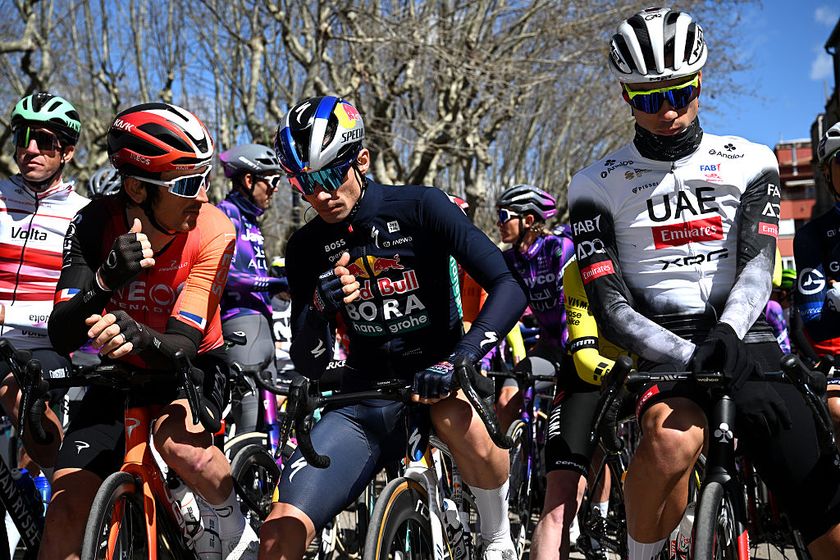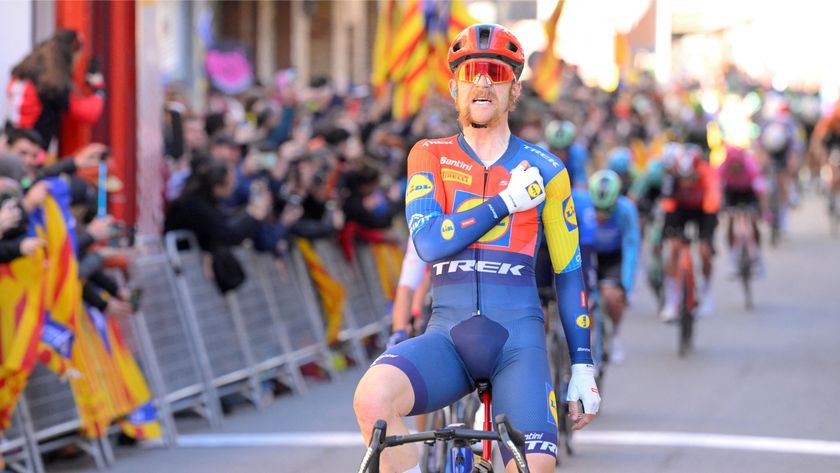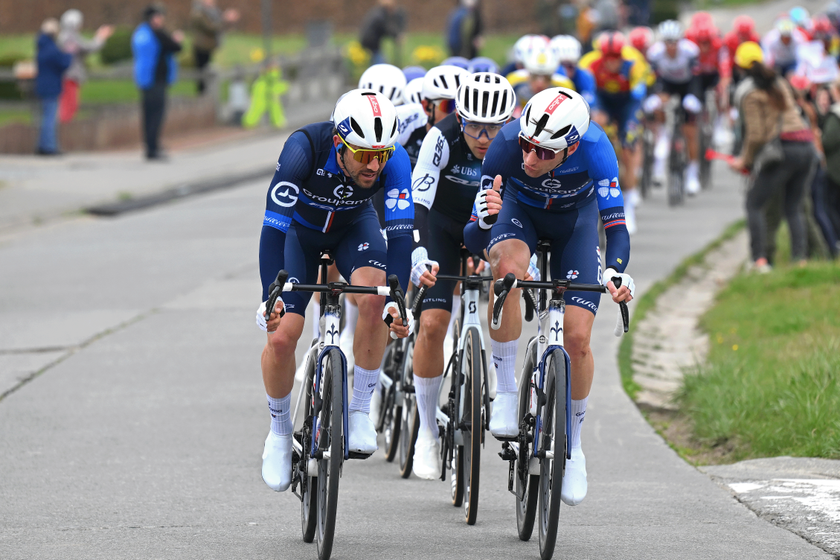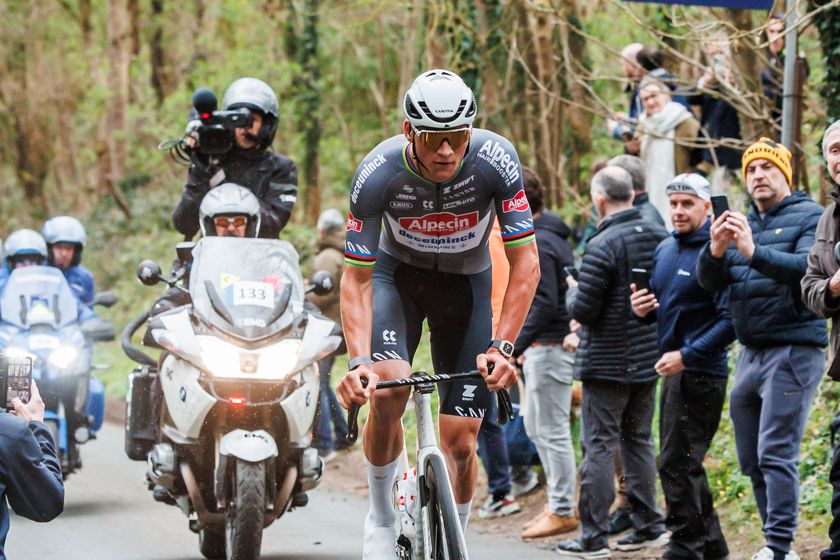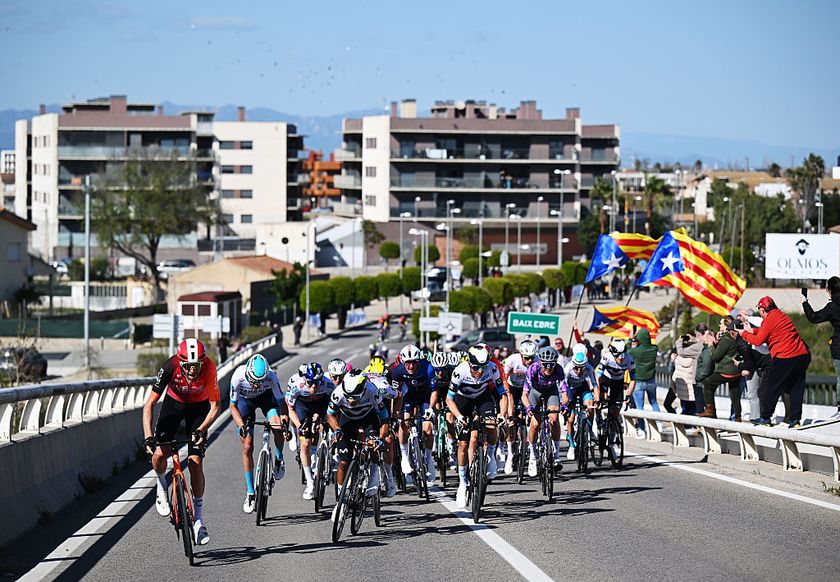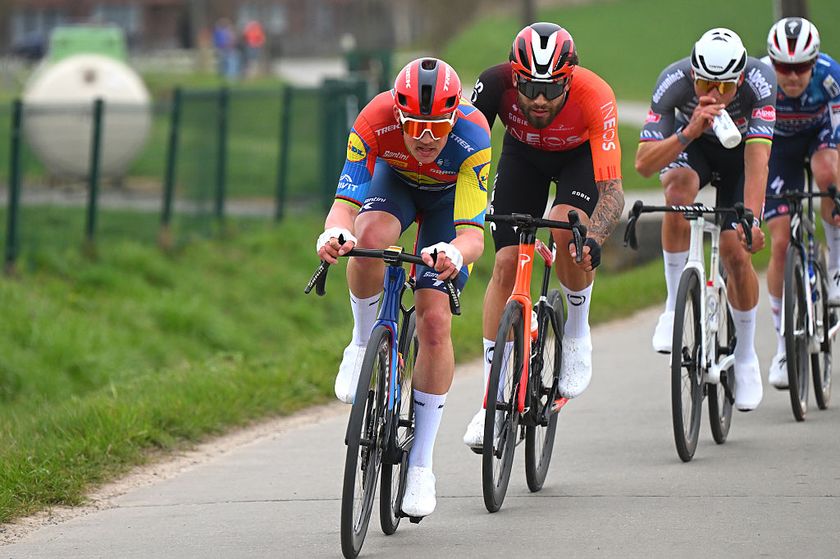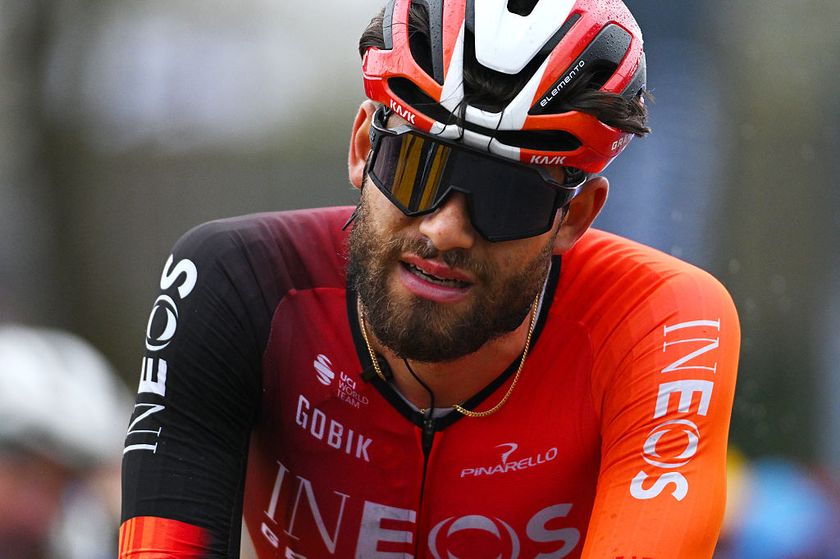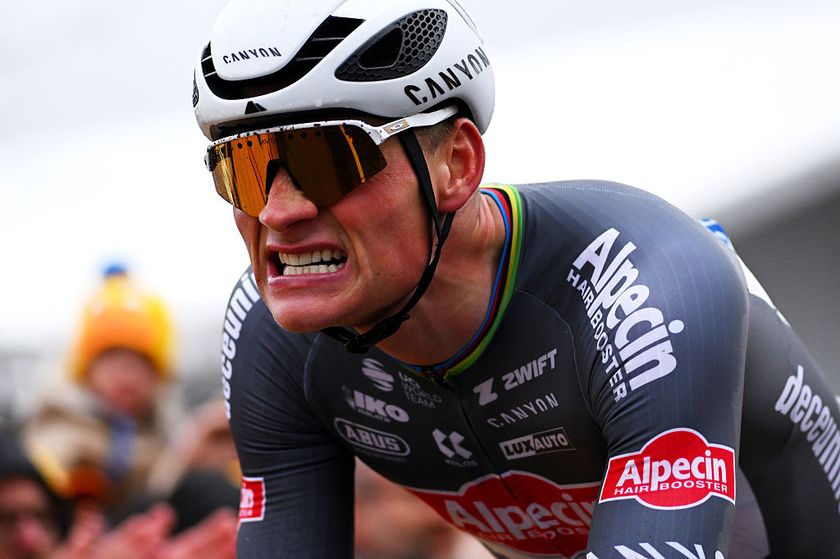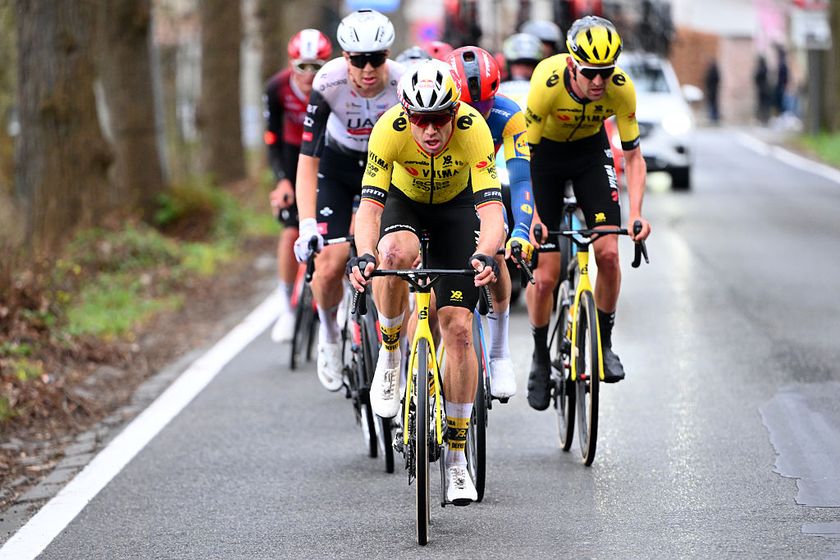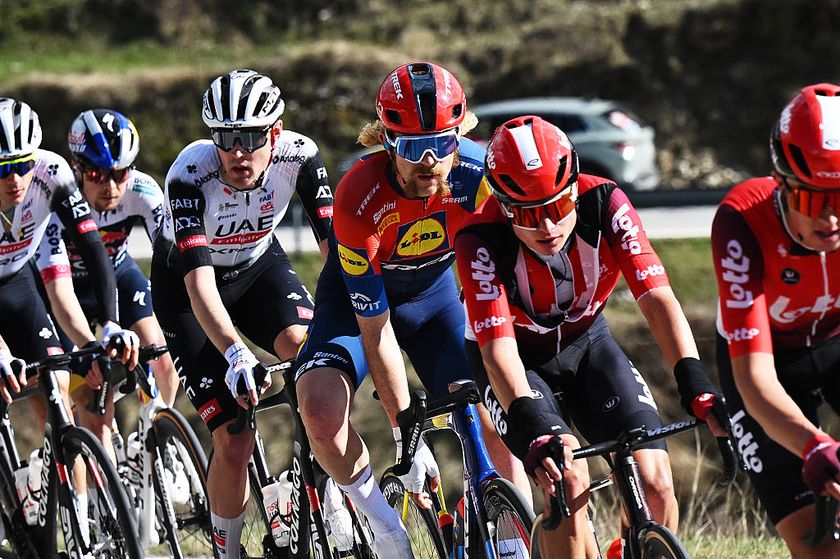Pantani was not murdered, Rimini inquiry rules
Case closed by investigating judge after two-year process





The Rimini-based inquiry into the death of Marco Pantani has been closed, with investigating judge Vincio Cantarini dismissing claims that the cyclist had been murdered as “a fantastical hypothesis, mere conjecture”.
Pantani died on 14 February 2004 at Residence Le Rose and the original autopsy concluded that he had died as a result of a cocaine overdose. In August 2014 however, the case was reopened after a private investigation funded by Pantani's parents and publicised heavily by Gazzetta dello Sport claimed that Pantani had been murdered.
The Rimini public prosecutor sought the dismissal of the case in September 2015, citing the overwhelming evidence that Pantani died of a toxic cocktail of anti-depression drugs, though a petition to keep the case open was launched earlier this year and gathered 11,000 signatures.
In a 35-page report, Cantarini rejected the murder hypothesis put forward by Antonio De Rensis, the lawyer acting on behalf of Pantani’s parents, noting that the re-opening of the investigation had failed to produce “the name of a possible suspect, beyond those people already tried [for dealing cocaine to Pantani – ed.] or a possible motive.”
According to Il Corriere di Romagna, Cantarini ruled that Pantani was killed by “serious acute heart failure, a toxicological effect caused by [the anti-depressants] trimipramine and venlafaxine, and cocaine". Cantarini added that the last months of Pantani’s life had been characterised by “a compulsive and increasing use of cocaine".
The investigating judge concluded his report by noting that the dismantling of the murder theory set out by De Rensis – namely, that Pantani had died after being forced to drink a cocaine solution – had ultimately served to buttress the original finding.
In March 2015, for instance, forensic expert Professor Franco Tagliaro’s re-examination of Pantani’s blood and urine samples contradicted the 2004 autopsy’s assertion that cocaine had been the principal cause of death. Tagliaro showed that Pantani had taken cocaine in smaller amounts than was previously thought but had taken large quantities of trimipramine and venlafaxine. “The combined action can provide a full explanation of the death," Tagliaro said.
Get The Leadout Newsletter
The latest race content, interviews, features, reviews and expert buying guides, direct to your inbox!
“There is no margin for a different conclusion,” the investigating judge Cantarini wrote in his final report. “The investigative ‘path’ put forward [by De Rensis] and all of the studies carried out during the process have reinforced the original conclusion, and reduced the murder hypothesis to mere conjecture.”
Gazzetta dello Sport, meanwhile, reports that a hearing will take place next week in Forlì as part of the inquiry – also opened in 2014 at the request of Pantani’s parents – into claims that there was a Camorra plot to alter Pantani’s haematocrit values in the blood test that saw him excluded from the 1999 Giro d’Italia ahead of the penultimate stage.

